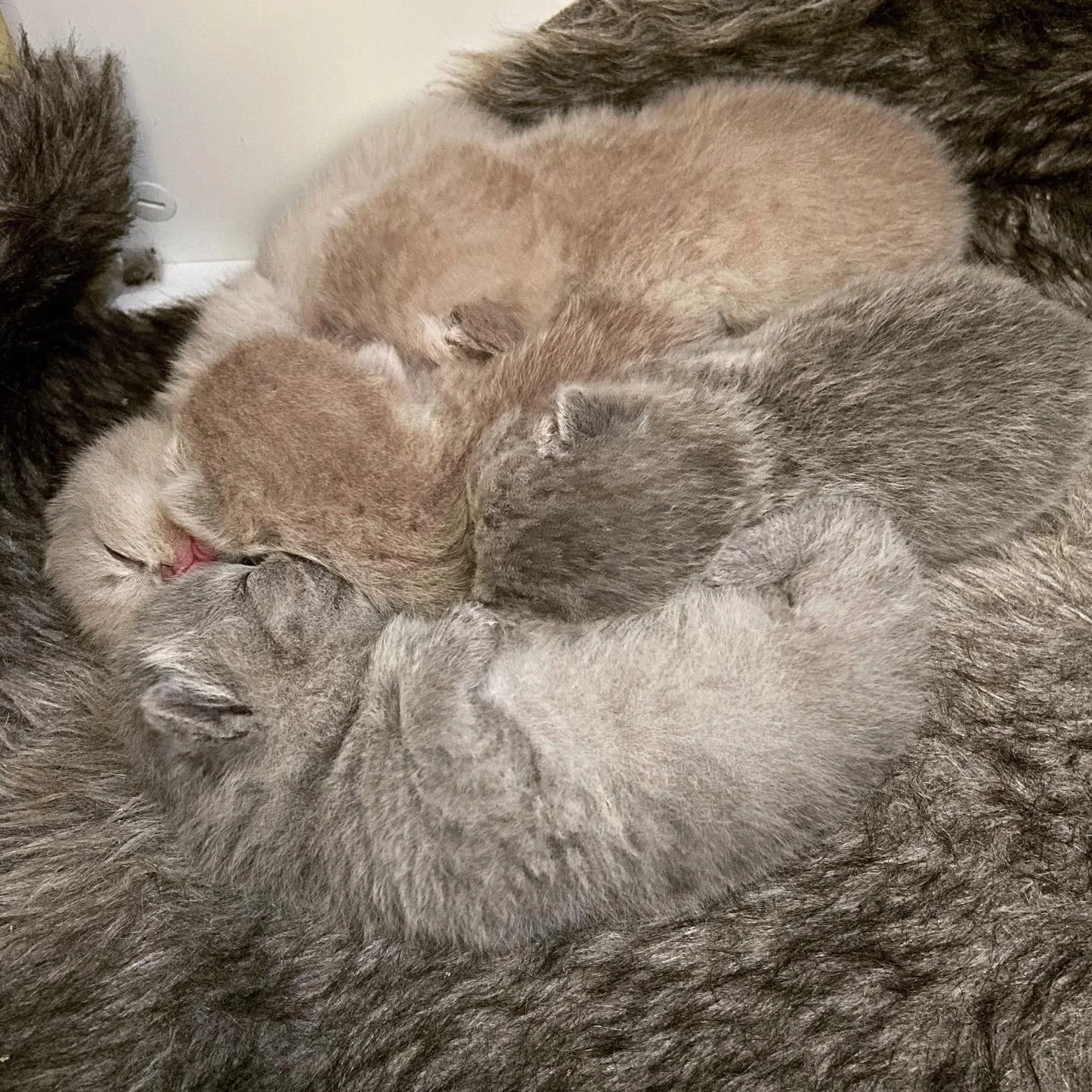Are you considering adding a British Shorthair kitten to your family? These adorable, plush-coated felines are not only irresistibly cute but also make fantastic companions for various lifestyles. In this blog, we’ll explore everything you need to know about British Shorthair kittens, including their temperament, care needs, and why they’re such a popular choice for cat lovers.
Why Choose a British Shorthair Kitten?
British Shorthair kittens are renowned for their teddy bear-like appearance, featuring round faces, large expressive eyes, and dense coats. These kittens are playful yet composed, making them perfect for families, singles, or even households with other pets. Their calm and affectionate nature ensures they adapt well to different environments.
Key Traits:
Appearance: Plush double coat, round face, and sturdy build.
Temperament: Calm, independent, and affectionate without being overly clingy.
Lifespan: With proper care, they can live 15–20 years.
Caring for Your British Shorthair Kitten
Proper care is essential to ensure your kitten grows into a healthy and happy adult cat. Here’s what you need to know:
1. Grooming
Although British Shorthairs have short fur, their dense double coat requires regular grooming:
Brush their coat at least once a week to remove loose hair and reduce shedding.
During shedding seasons (spring and fall), increase brushing frequency to twice a week.
Clean their eyes and ears regularly to prevent infections.
2. Nutrition
A balanced diet tailored to their age and activity level is crucial:
Feed high-quality wet or dry cat food designed for kittens.
Provide multiple small meals daily (5 meals for young kittens; reduce to 2 meals as they grow older).
Fresh water should always be available.
3. Health Monitoring
British Shorthairs are generally robust but can be prone to certain conditions:
Watch for signs of obesity; maintain an active play routine.
Schedule regular veterinary check-ups to monitor for common issues like hypertrophic cardiomyopathy (HCM).
4. Exercise and Enrichment
While not as active as some breeds, British Shorthairs enjoy short bursts of play:
Invest in interactive toys and scratching posts.
Provide climbing structures or window perches for mental stimulation.
Socialization and Training
British Shorthair kittens are naturally social but benefit from early socialization:
Introduce them gradually to new environments and other pets.
Use positive reinforcement during training sessions. These intelligent cats can learn commands like “sit” or even walk on a leash!
Where to Find British Shorthair Kittens
When looking for a British Shorthair kitten, it’s essential to choose a reputable breeder:
Ensure the breeder provides health clearances for the parents.
Visit the breeding facility if possible to assess the kittens’ living conditions.
Avoid online scams or unverified sellers; always ask for references.
Why British Shorthairs Are So Popular
The British Shorthair’s charm lies in its unique combination of looks and personality:
They’re low-maintenance yet affectionate companions.
Their calm demeanor makes them ideal for families with children or other pets.
They adapt well to both indoor and outdoor lifestyles.
Conclusion
British Shorthair kittens are a delightful addition to any household. With their plush coats, gentle temperament, and playful nature, they bring joy and companionship wherever they go. By following proper care guidelines—regular grooming, balanced nutrition, and plenty of love—you’ll ensure your kitten grows into a happy and healthy adult cat. Ready to welcome a British Shorthair kitten into your home? Start your journey today by researching reputable breeders or adoption options near you. This lovable breed is sure to capture your heart!
